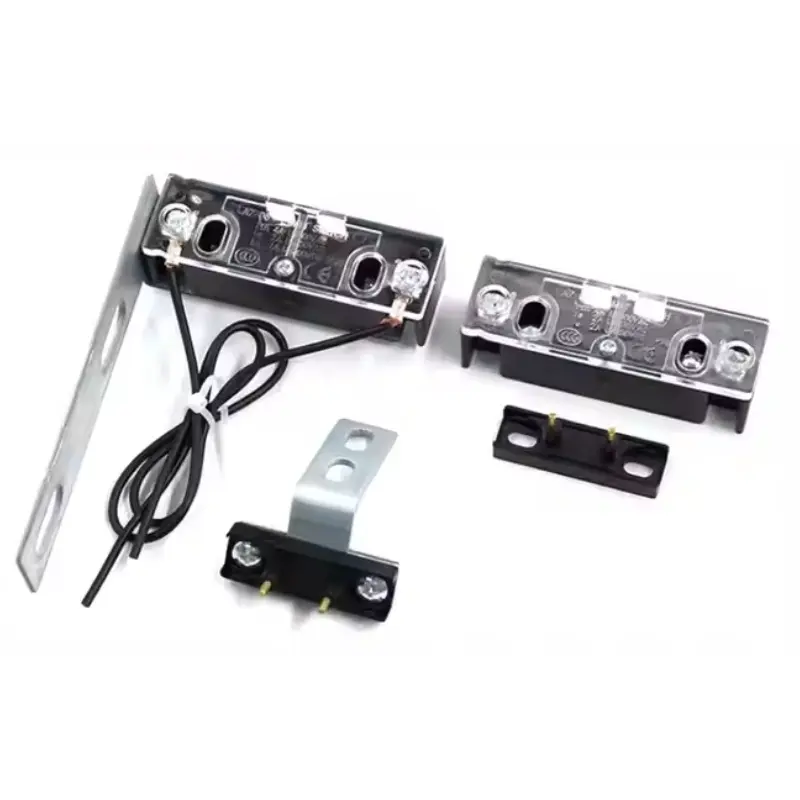Elevator door locks are one of the most critical safety components in vertical transport systems. While they often go unnoticed during daily operations, any malfunction in the door lock mechanism can lead to serious safety hazards. In this article, we’ll explain what elevator door locks are, why precise engagement is necessary, and how to perform proper inspection using proven methods.
An elevator door lock is a mechanical and electrical safety device that ensures the elevator cannot move unless all doors are securely closed and locked. Its main purpose is to prevent the elevator from running when any door is open or not properly engaged.
These locks typically include:

According to elevator safety codes such as GB7588 and TSG T7001, door locks must meet a few key criteria:
Different elevators utilize various types of locks, depending on the system’s design and load requirements. The most common include:
These are basic in structure and cost-effective but don’t meet newer dual-component requirements, making them less suitable under modern regulations.

Before using any tools, start with a simple visual inspection:
Now let’s get into more detailed testing.
To ensure the lock is engaging properly, you must verify the engagement length—how much the latch overlaps with the keeper. It should be at least 7mm. Here’s how to check it:

As the lock closes slowly, look for a spark or arc at the contact point (if visible). This indicates the exact moment the electrical contact closes. Freeze at this point and measure the overlap.
Listen for a click from the control panel when the contact closes. This sound marks the electrical activation point—again, pause and measure the mechanical overlap.
With the elevator on inspection mode, press the down button as the door slowly closes. When the car starts to move, that’s the point of contact engagement. This works well for locks far from the control panel.
Use a multimeter on the lock contact terminals. Watch the reading as you close the door slowly—when the voltage drops to zero, you’ve reached the contact point.
In addition to engagement depth, engagement width must also be sufficient. This ensures that side-to-side motion or misalignment doesn’t compromise the lock. A shallow or misaligned lock could open under vibration or force.

The lock must break the safety circuit if it’s tampered with or not fully closed. This is critical for preventing “open-door running,” where the elevator moves with a door unlocked.
To test this:
Bypassing a door lock safety circuit is strictly forbidden. This careless practice has caused serious injuries and even fatalities.
Some elevators use temporary bypass devices for troubleshooting. These should only allow limited movement in inspection or emergency modes and must provide audible and visible warnings to prevent human error. If technicians forget to remove a bypass after testing, it can lead to disaster.
Elevator door locks are more than mechanical parts—they’re lifesaving devices that demand precision, vigilance, and professionalism. Proper engagement, reliable electrical feedback, and regular inspection keep your elevator—and its passengers—safe.
As a professional supplier of elevator components, POTENSI provides a wide range of high-quality elevator parts, including door locks, sensors, and other critical safety devices. We focus on offering reliable products from trusted manufacturers that meet international safety standards.
Please reach out to us today to learn more about our product offerings and find the right parts for your next project. With POTENSI, you can count on quality and reliability.
① Get 10% off on your first order.
② Get latest news about our promotion products.
③ Get our sales specialist VIP service 24/7.
④ Get access to our credit payment time.
WhatsApp us
